Last in a four part series describing a unique digital marketing strategy for medical device companies that has been proven to drive ROI for both device companies and their clients.
In the initial blogs, we introduced the challenges medical device companies commonly face with DTC marketing, identified which device companies are best suited for this approach, and outlined the key elements of the strategy. In this final post, I’ll provide specific results that have been achieved by numerous device companies using this digital DTC approach.
The strategy I have outlined in previous posts in this series is not something I ‘think’ will work… it is something I know will work, as it has been validated in practice numerous times. Although there are other examples, I will outline a couple that are illustrative:
Example #1: Vascular/Venous Device
Prior to founding MD Connect, I created and executed these concepts at a medical device company (Diomed, since purchased by Angiodynamics) with a novel laser treatment for venous disease (varicose veins). The market/technology was appropriate for this model given that:
- There are ~3 million searches per month on vein treatment related topics
- The technology created a 45-minute office-based procedure with 95% efficacy to replace an inpatient procedure with 65% efficacy and significant complications
- The organization (and sales force) already had significant practice enhancement initiatives
- The patient value (to the MD) per procedure was typically >$2000
- Physicians and hospitals within the segment were relatively new (skeptical) to marketing activities, and were thus more accepting of a proven, cleanly measured solution.
Upon launching the program, within one year, we saw the following results:
- Nearly 40 clients signed up and paying (100%) for the program
- Diomed did not have to pay anything for this program…it was completely funded by their clients
- Program produced average of > 30 referrals per client per month
- Referrals validated to convert to appointments at 40-50% rate
- Typical client ROI* of 600% to 1000%
- High level of client satisfaction with >95% renewal rate on program
- More than a dozen competitive clients ‘converted’ (to Diomed technology platform) because of the marketing program’s availability
- ~$800,000 annualized marketing service revenue
- ~$1,700,000 annualized pull-through revenue (disposable & capital equipment revenue) directly attributed to program availability
Since that first year, the program has become one of the largest marketing programs (digital or otherwise) in the industry segment, having been executed in over 150 vein clinics and having produced over 100,000 referrals to date. As well, industry-specific research has shown that typical client costs per referral from this program (~$40) are well below digital comparables (~$150) and traditional media (print, TV, radio) alternatives (>$300).
Example #2: Orthopedic Device
A larger, venture-capital backed device company with a novel technology in a specific segment of the orthopedic surgery market (and needing to compete against much larger competitors like Stryker, Zimmer, DePuy (J&J), Biomet and Smith & Nephew) embraced this model roughly one year ago after struggling to prove ROI (and achieve adoption) with traditional co-marketing initiatives. Their market/technology similarly met most of the criteria needed to make this program work and they have strong, broad-based commitment within the organization to executing it well.
Within one year, they have seen the following results:
- >30 client programs currently in market (largely funded by clients), with very low attrition
- >8,000,000 impressions per month on major search engines, Facebook & hundreds of other websites
- >39,000+ visitors per month being brought in to co-branded microsites
- >650 referrals per month being produced
- Referrals validated to convert to appointments at 35% rate
- >1000 verified appointments created to date
- Average client ROI* of 721%
- Client cost per referral went from $151 in month 2 down to $77 in month 7
- Although not the primary goal, device company validated that they were receiving at least a 300-400% return on their investment in months 2-6, and saw a 561% return in month 7 (last month directly measured)
The above results were so strong that Google decided to execute a best-in-class, digital marketing case study on this example (due out in August).
Although these are excellent examples, others have been executed in endocrinology, nephrology, cosmetic medicine and more.
So in summary, in this blog series we have outlined some of the key challenges medical device companies have in pursuing DTC strategies (notably cost, patient targeting and ROI tracking) and how a new digital marketing approach addresses many of those challenges. In the second blog we identified the companies most suited for the strategy; those addressing a prevalent condition (highly searched on the internet), a technology that may sway a patient’s decision on specialist/surgeon, a consultative sales organization, and a high value per procedure to make positive ROI an achievable goal. And lastly we outlined some of the specifics of the strategy including targeted online promotion (picking the top 3-5 online media), co-branded microsites, and comprehensive tracking (both online and offline/phone). If all of these elements are executed well, achieving the results you see above may be possible for you as well.















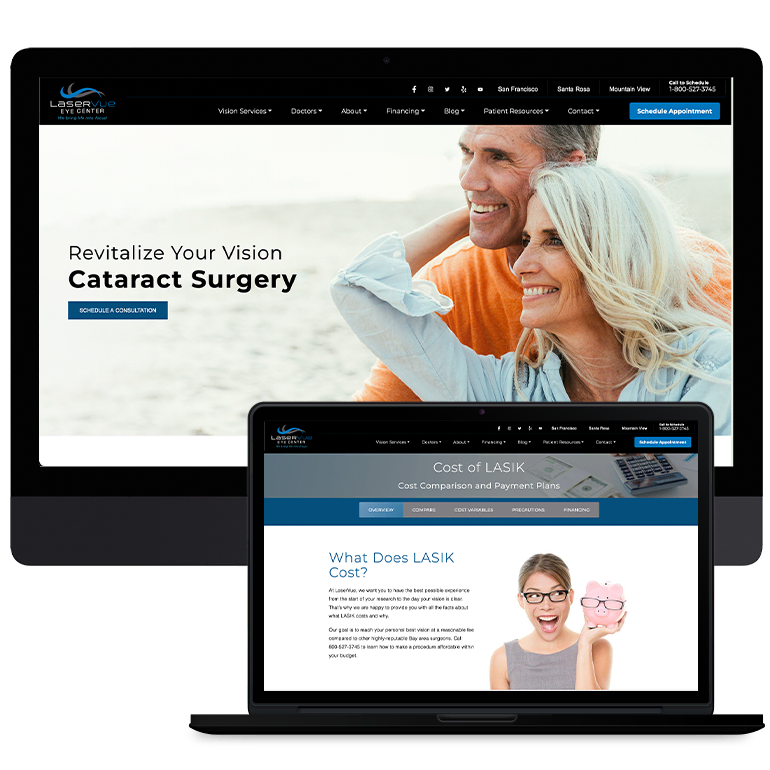
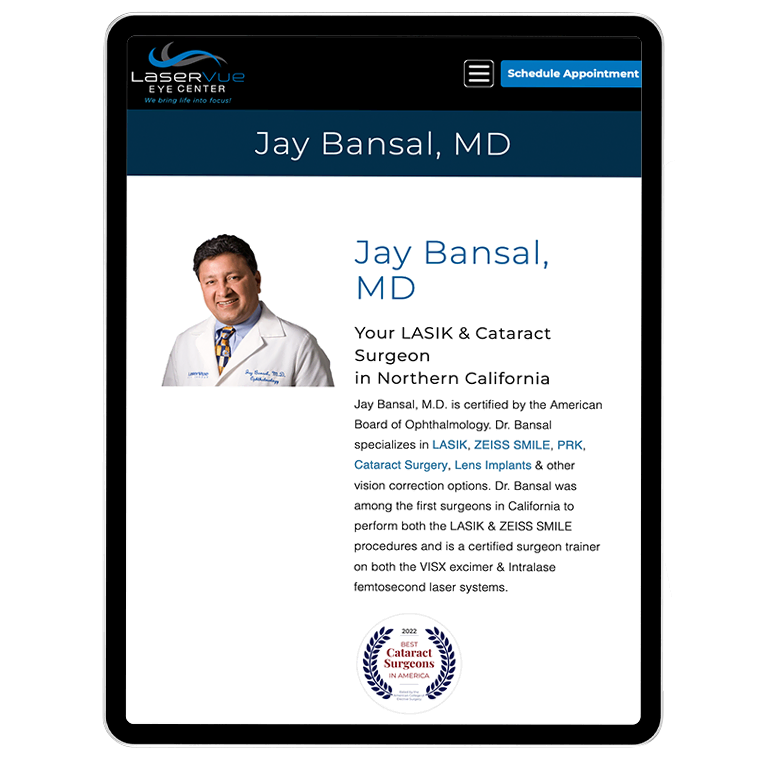
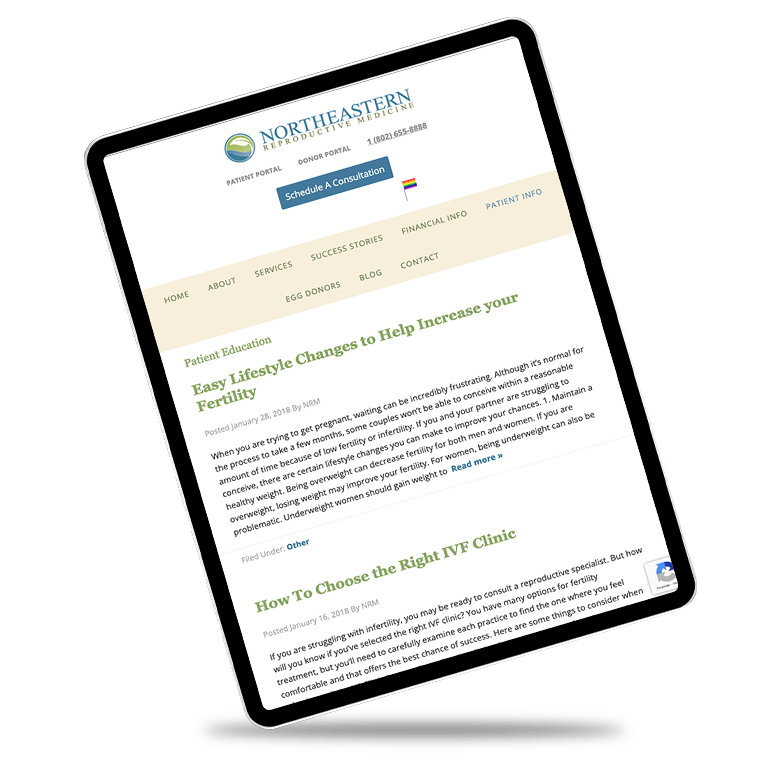
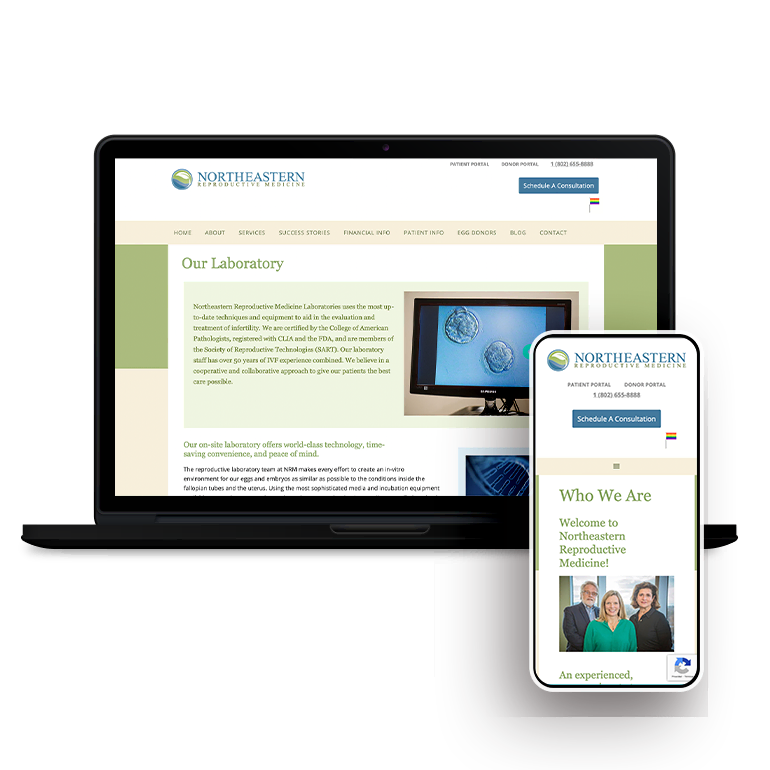
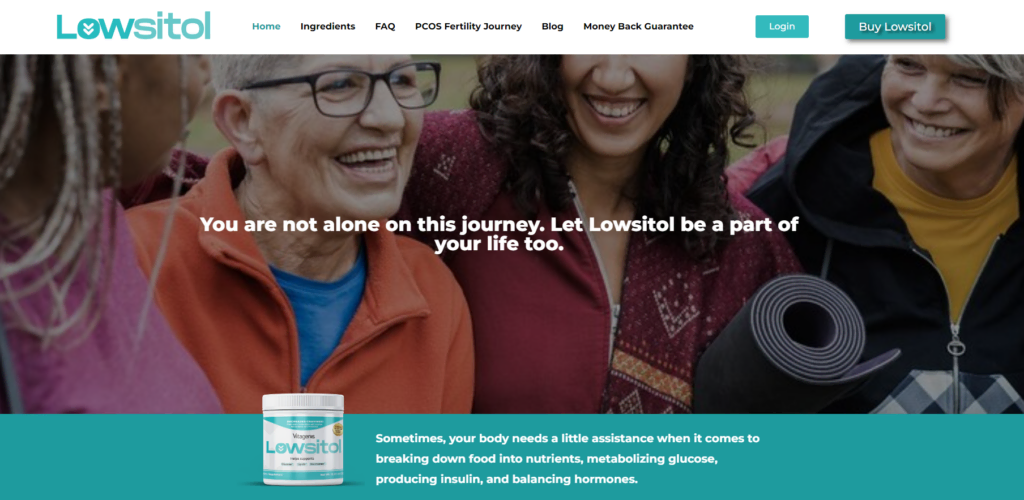
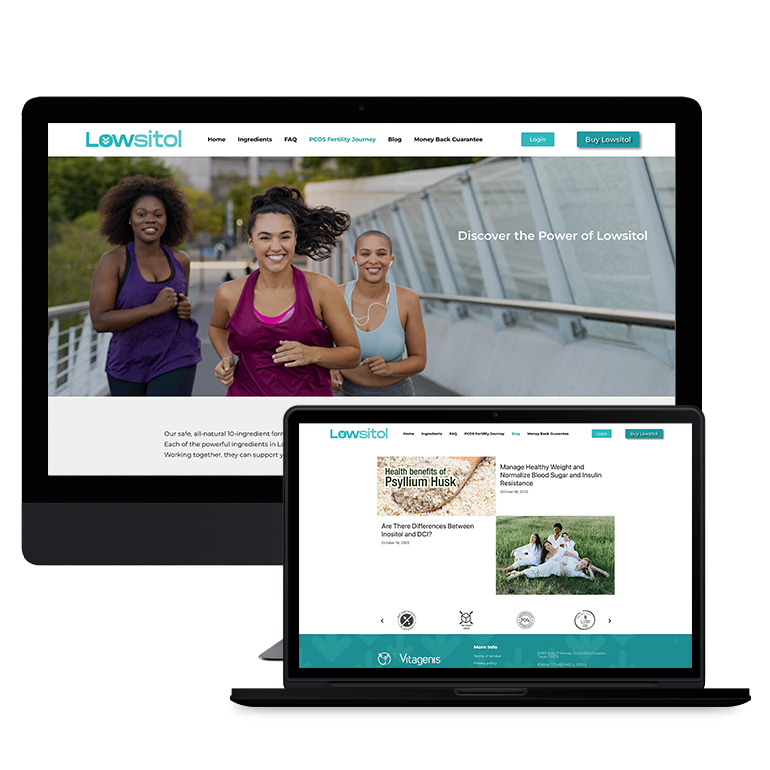
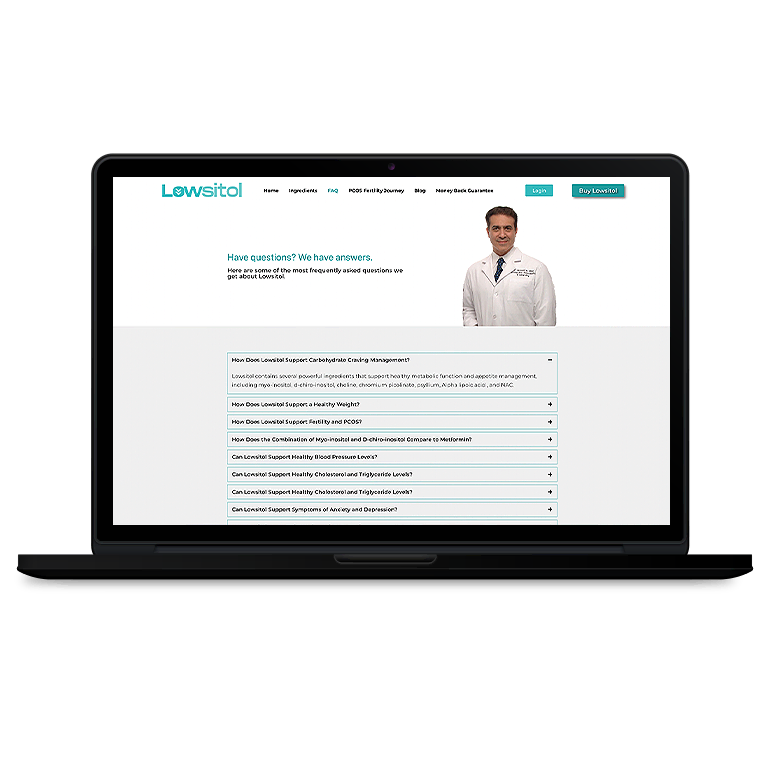
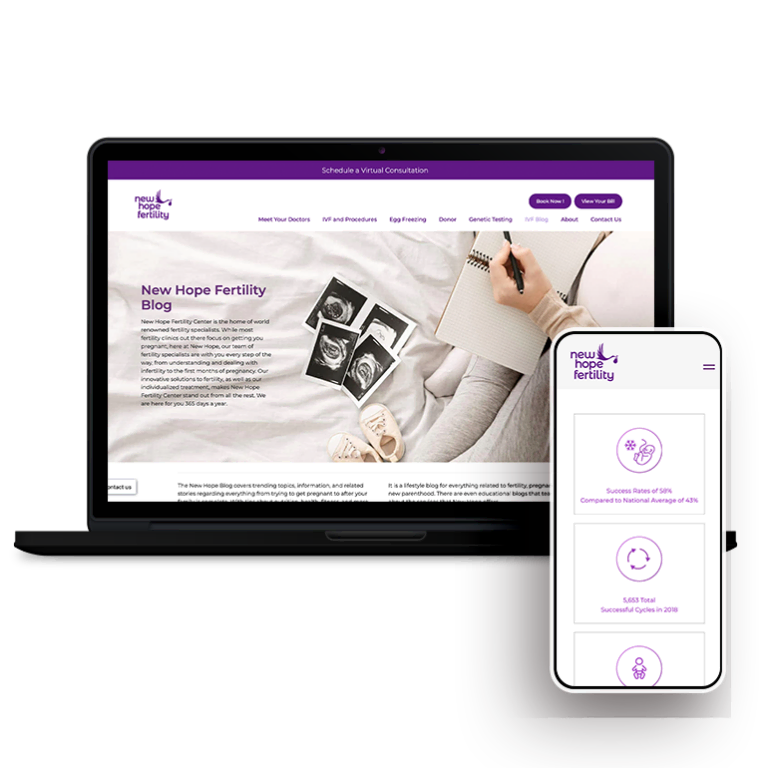
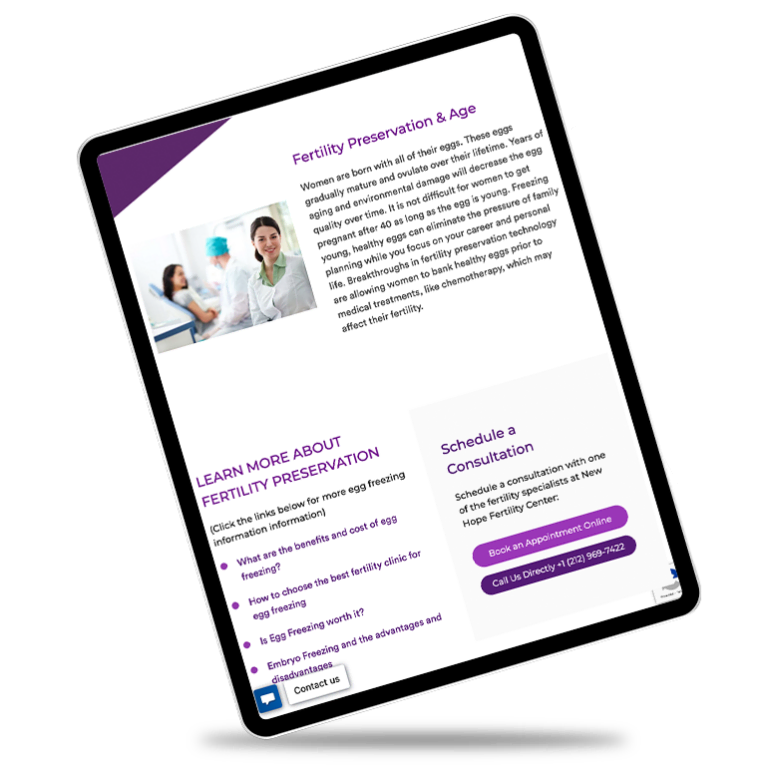

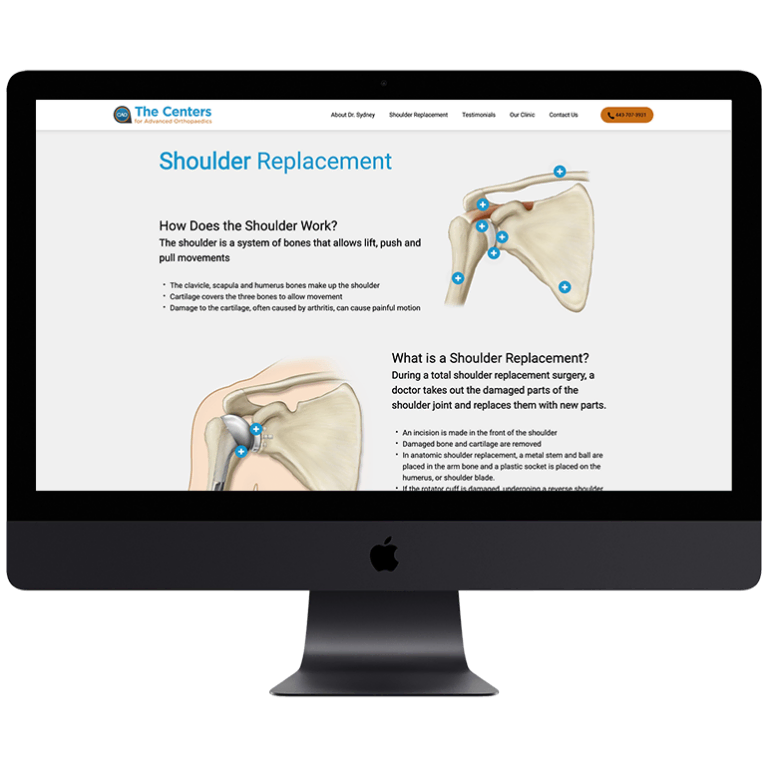


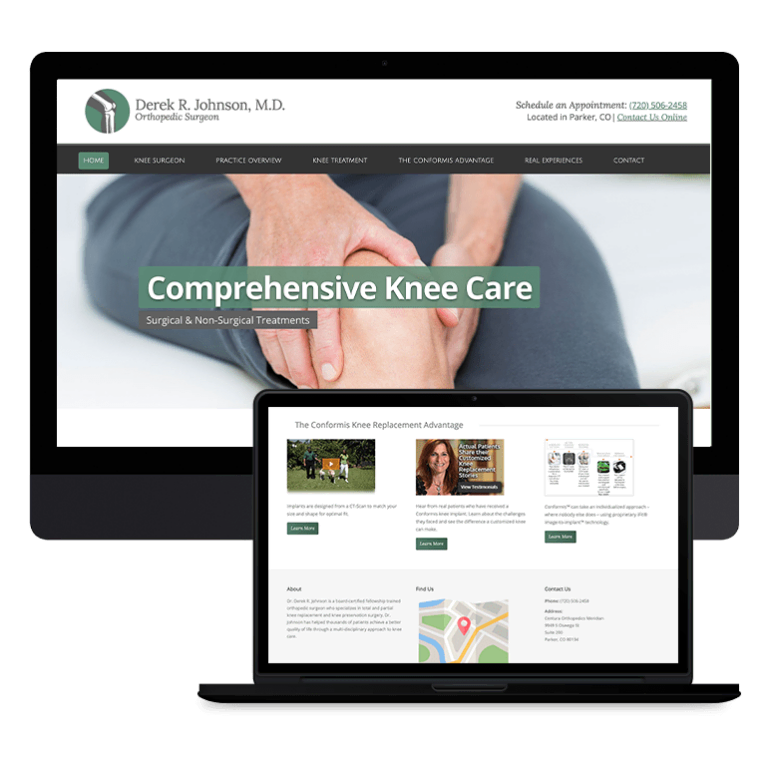
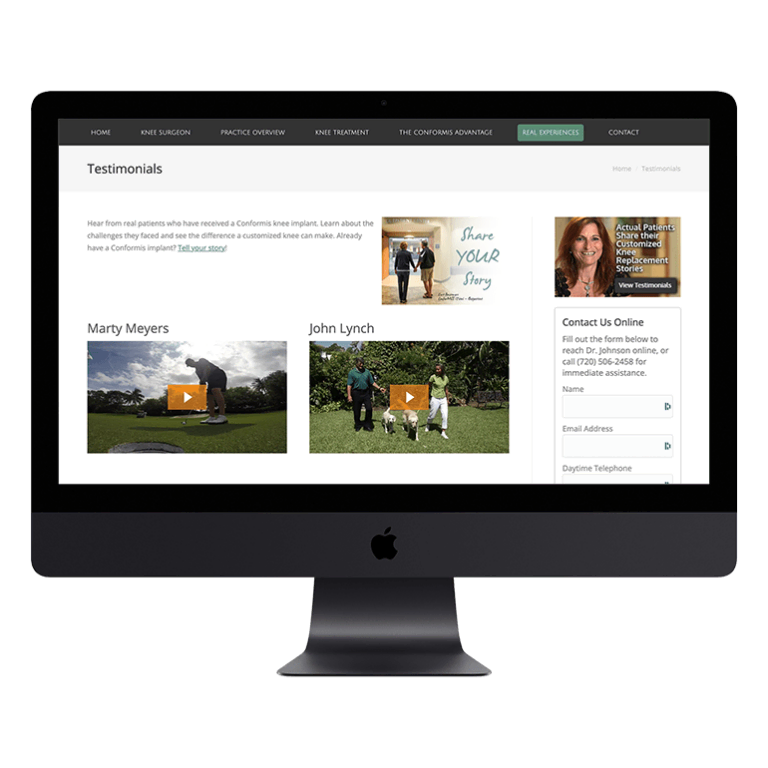
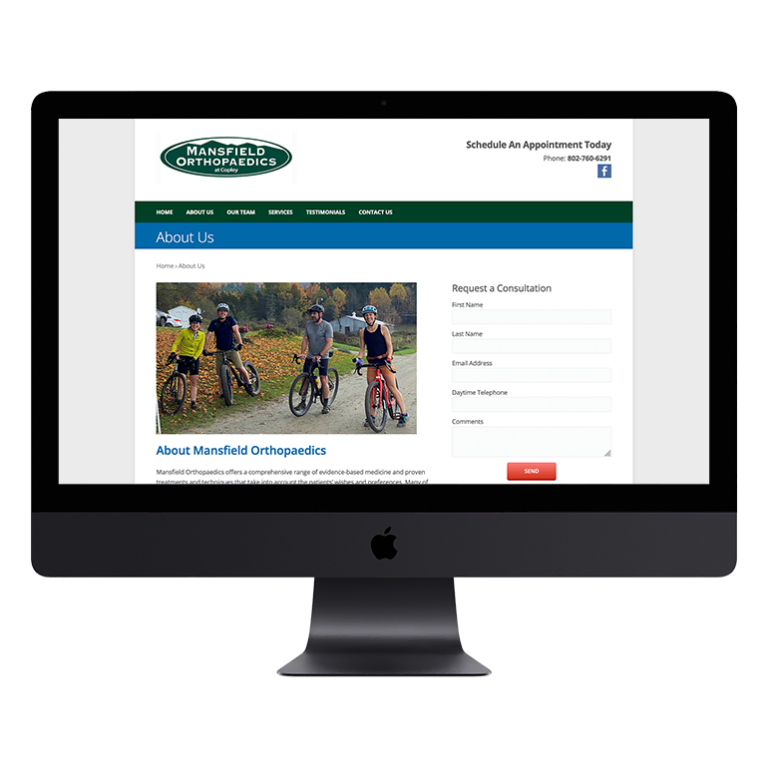
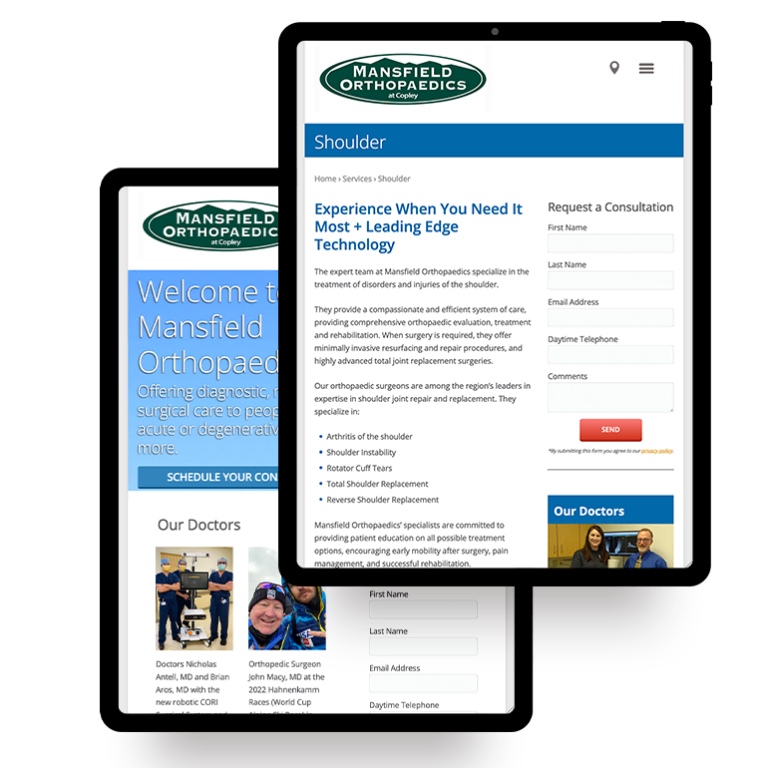
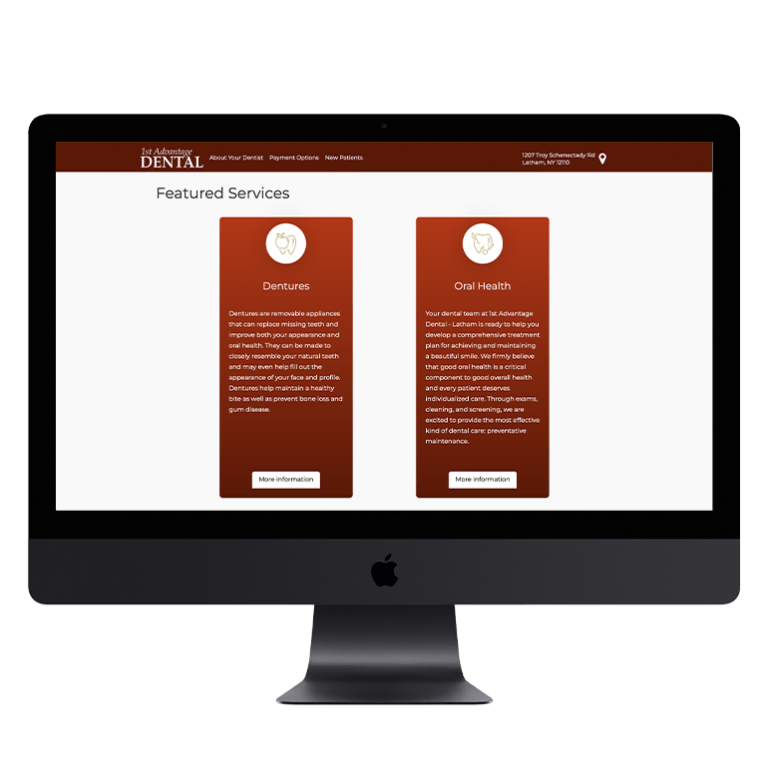
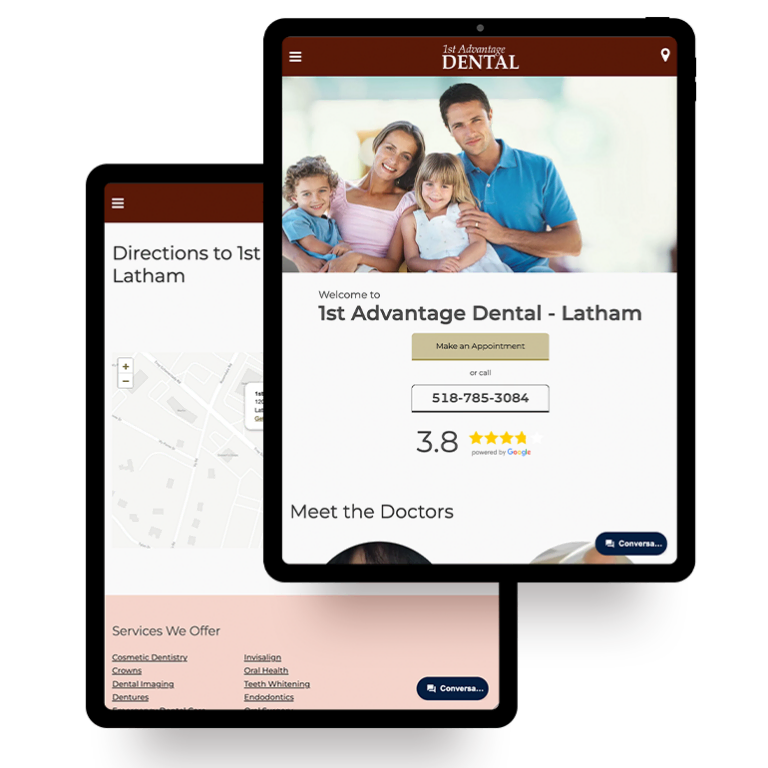
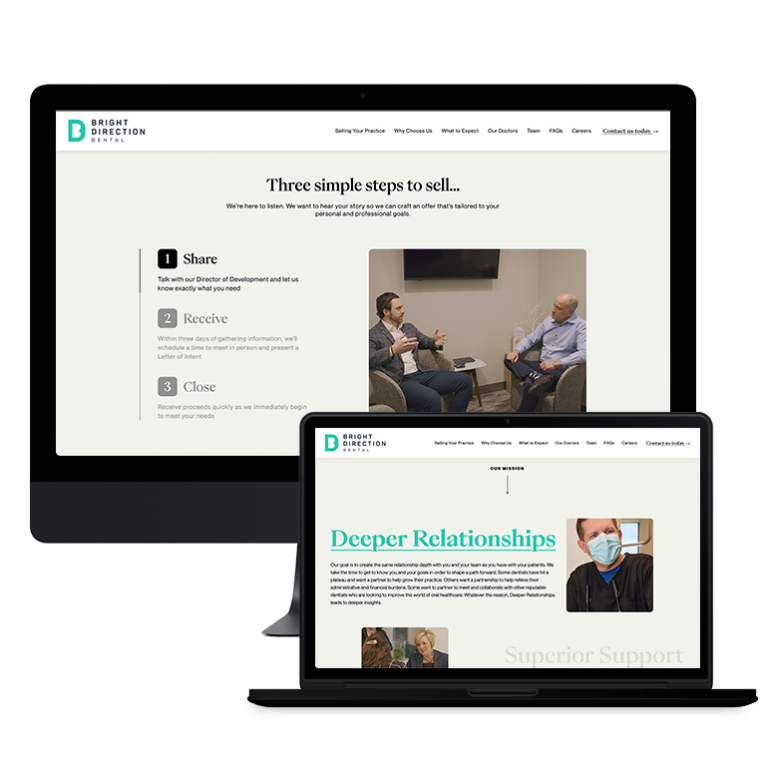
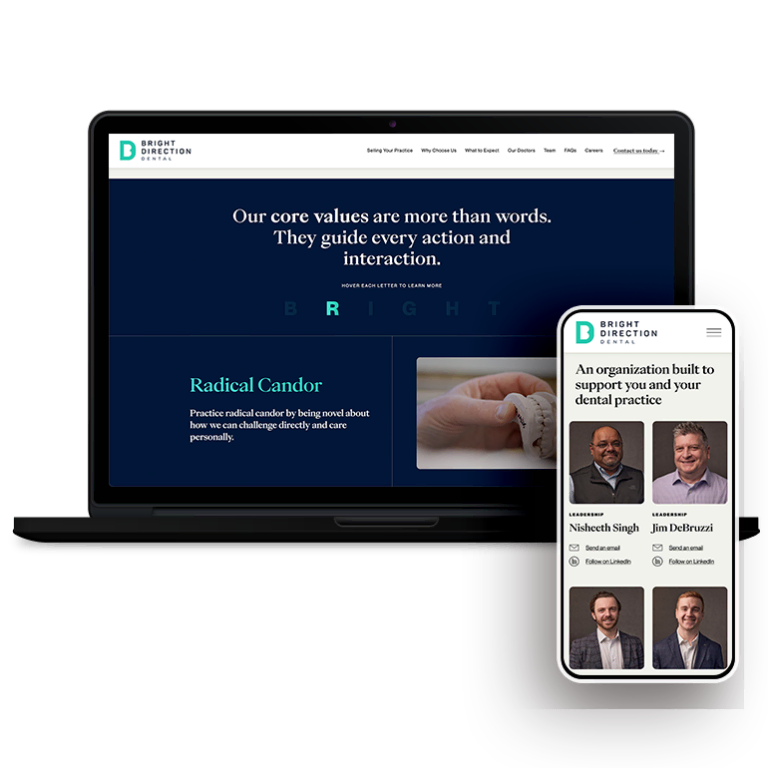
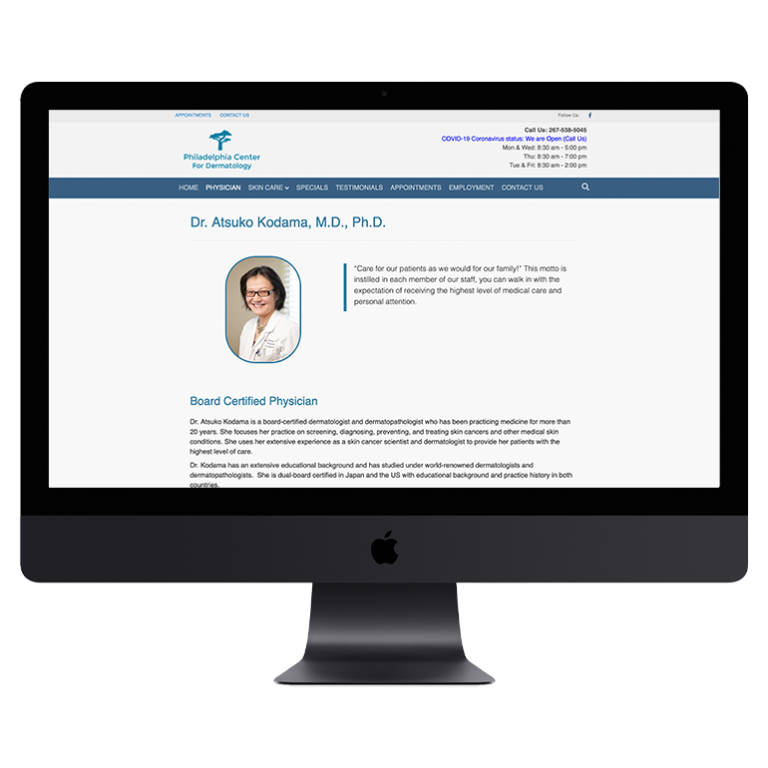
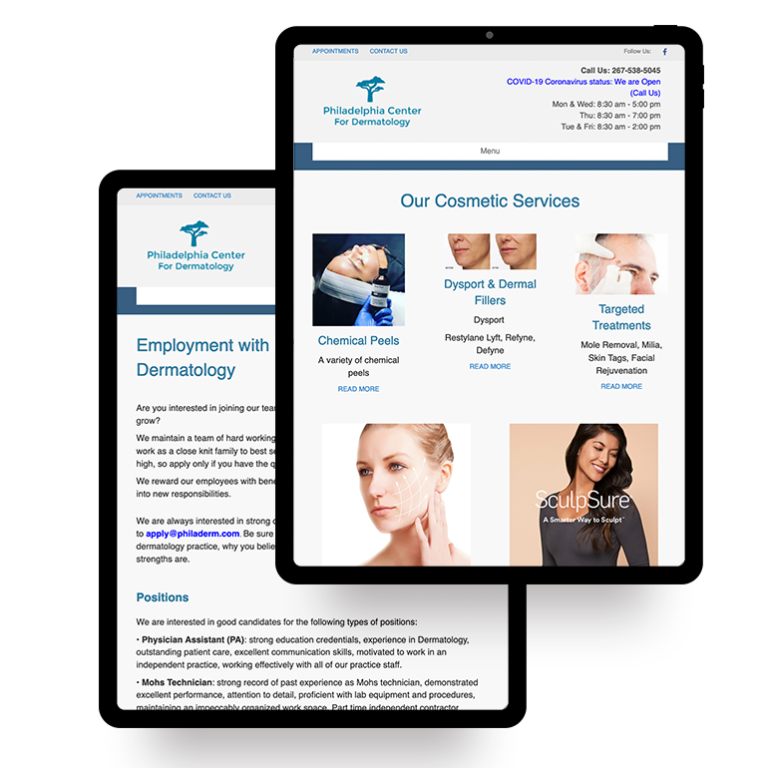
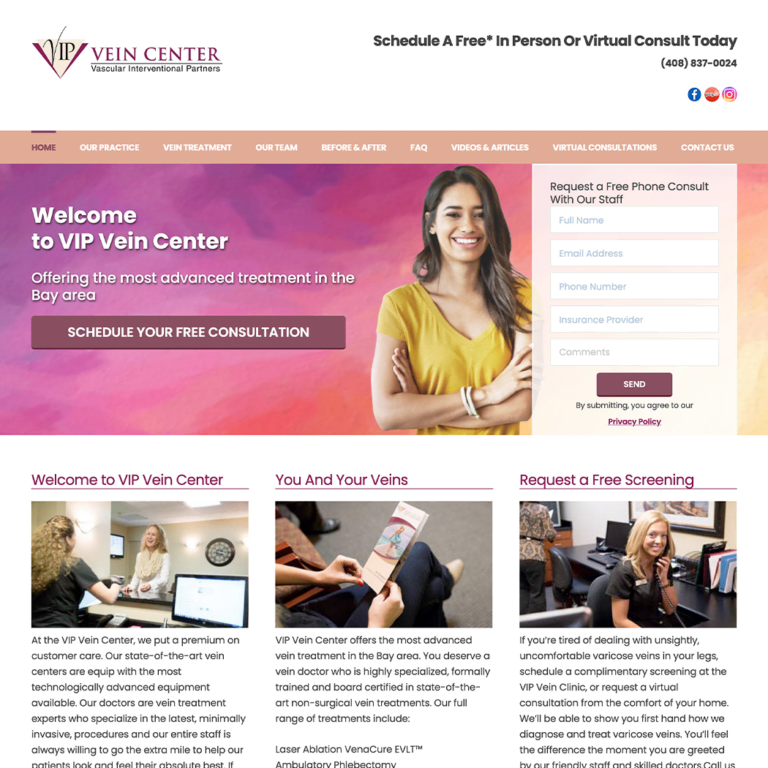
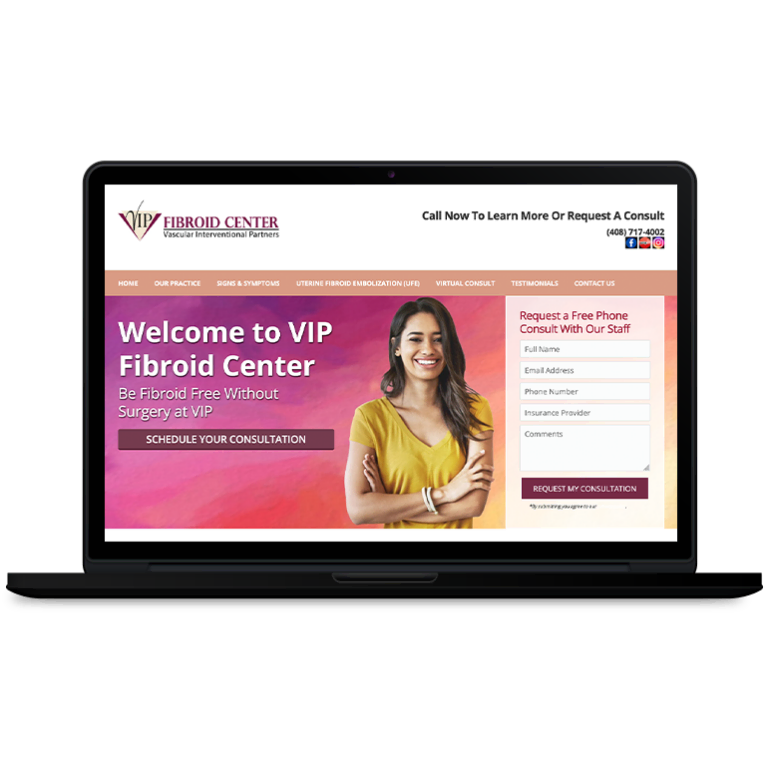
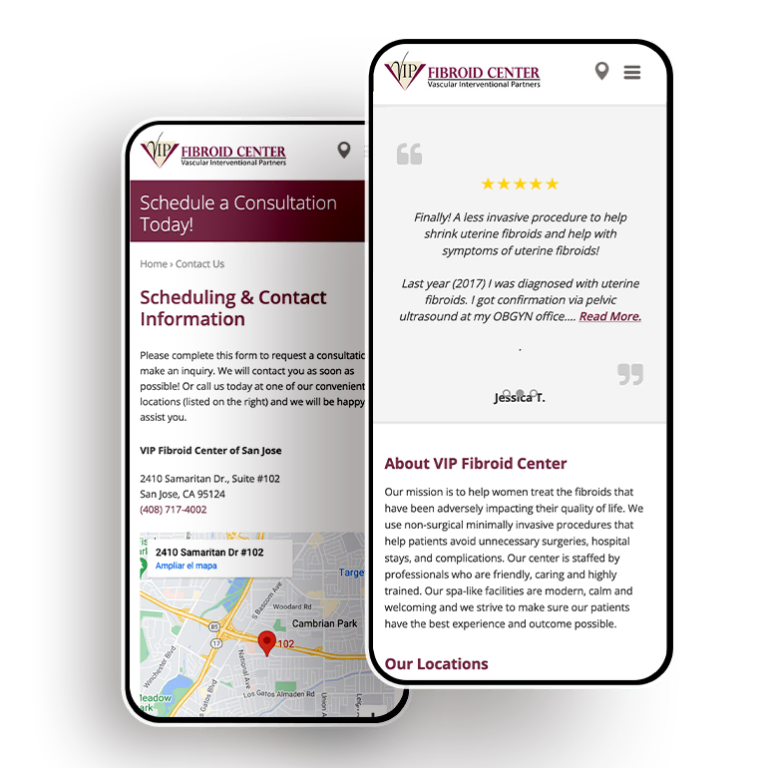
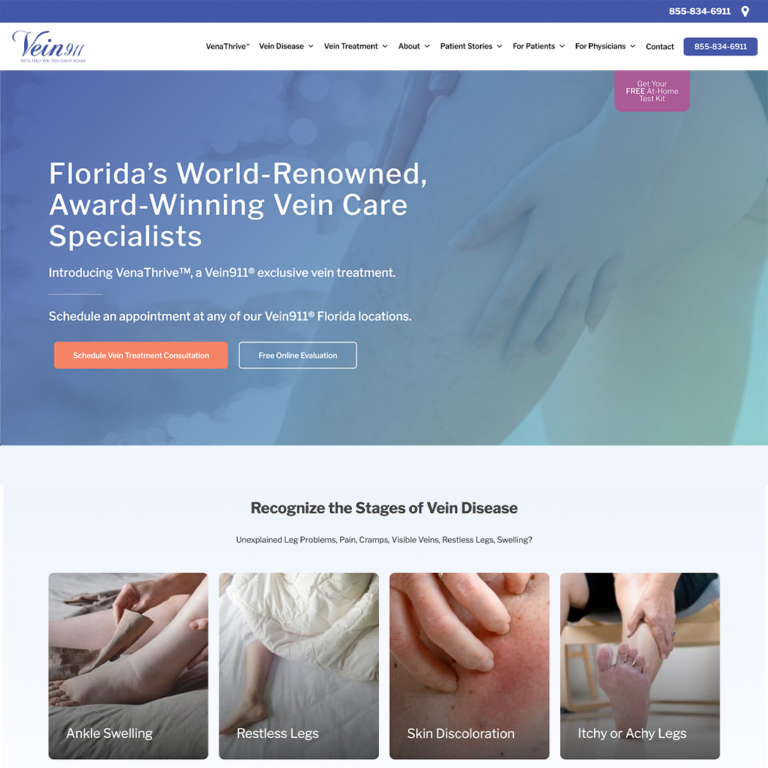
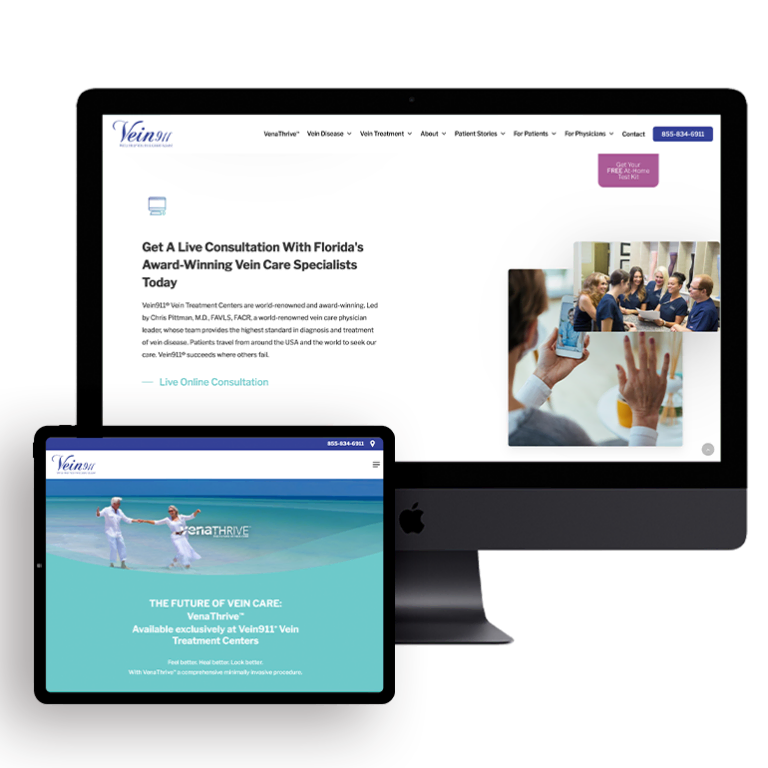
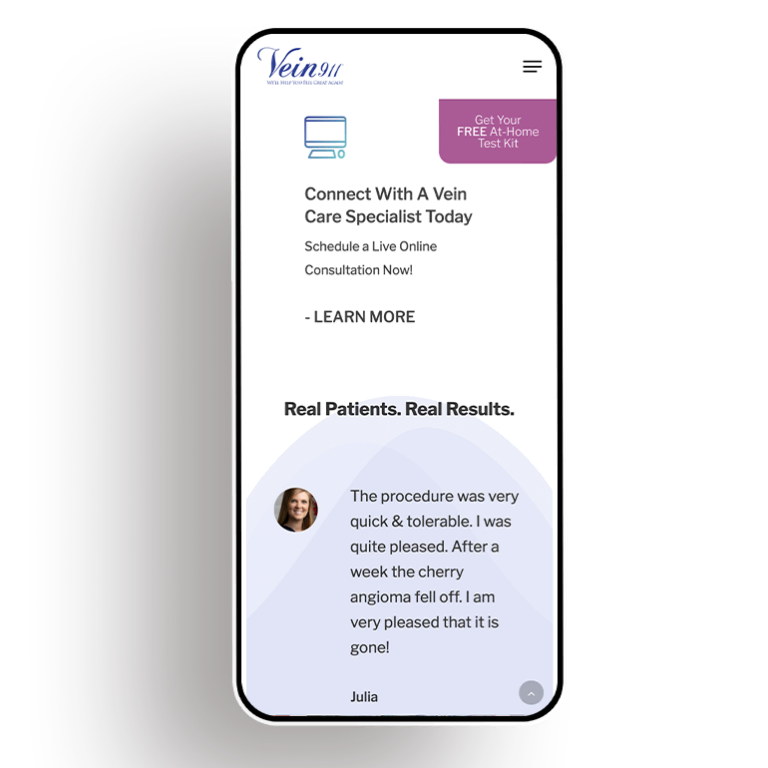
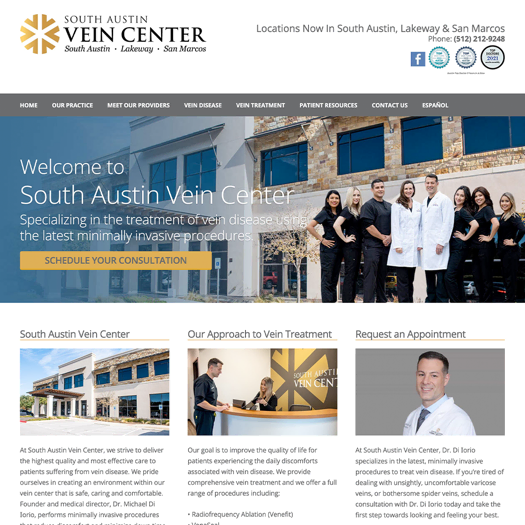
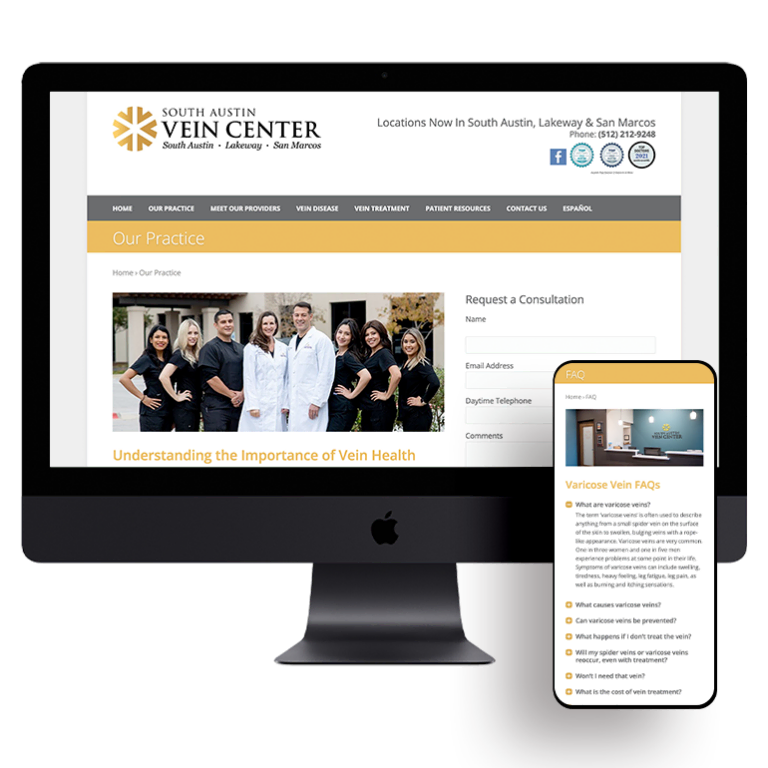
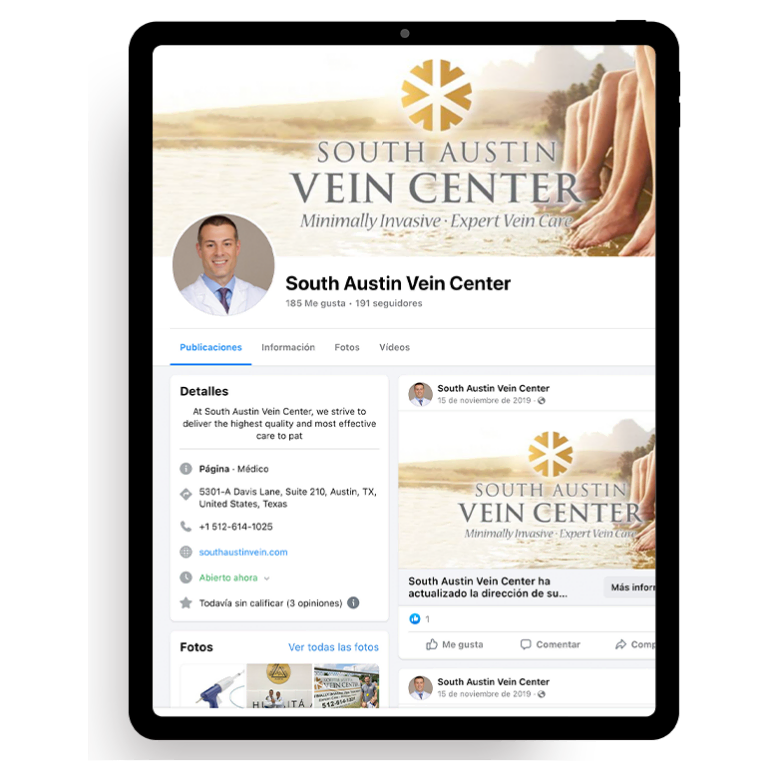

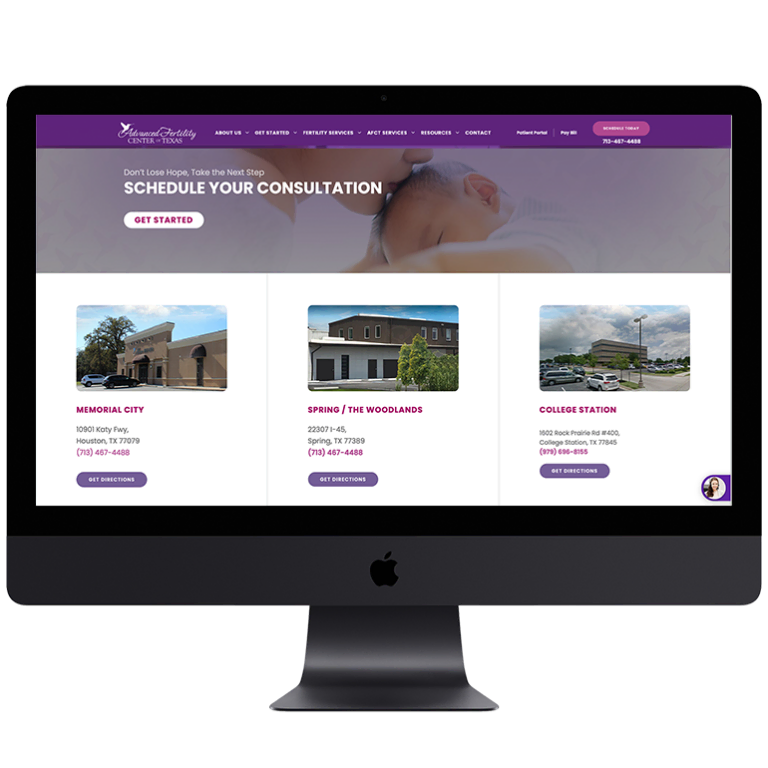
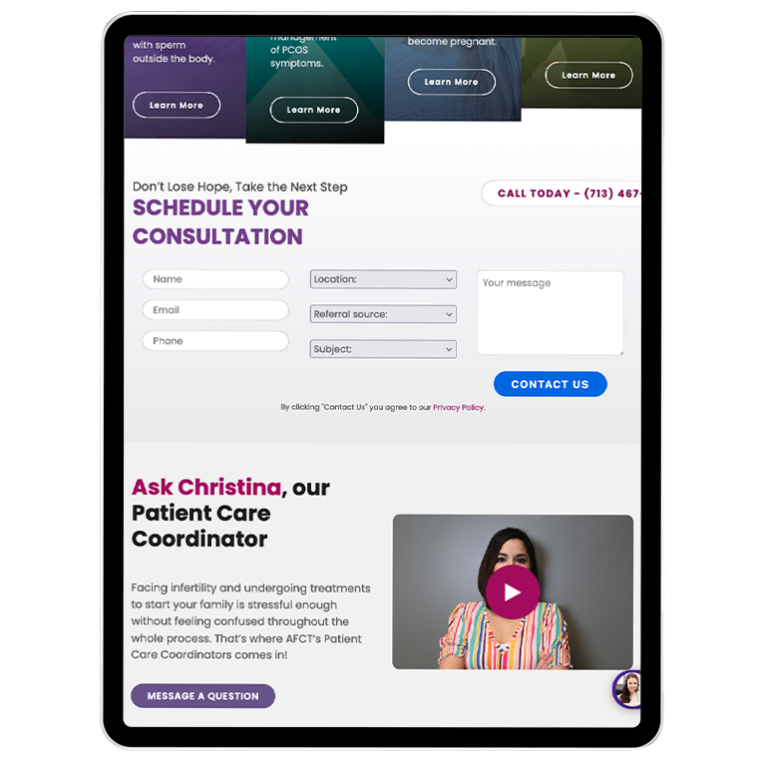
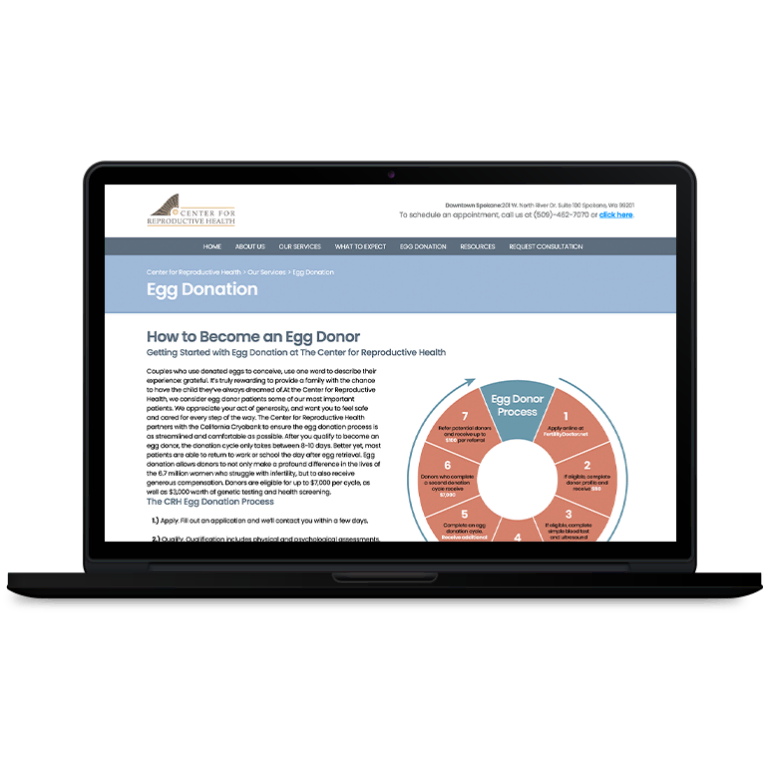
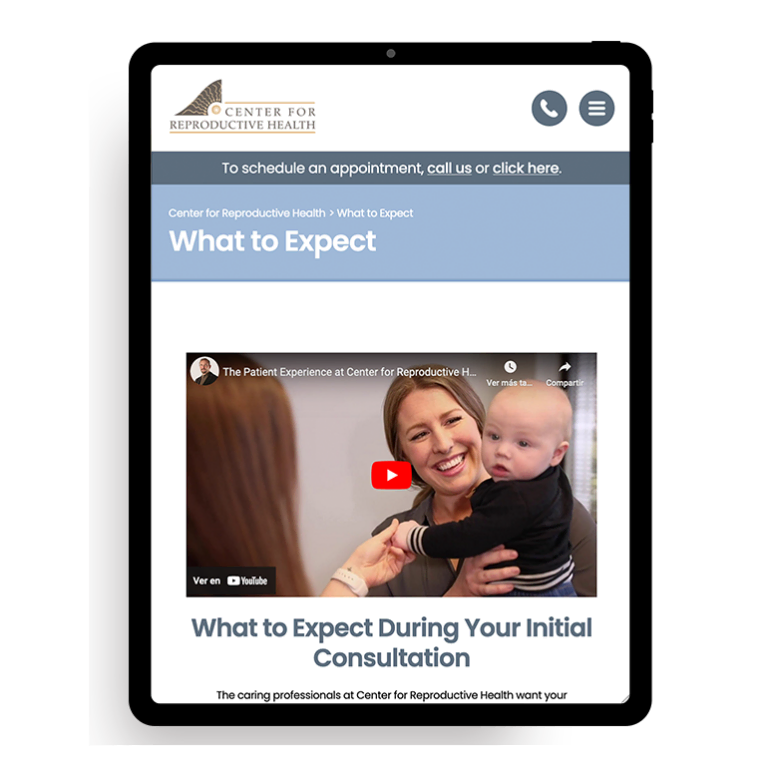
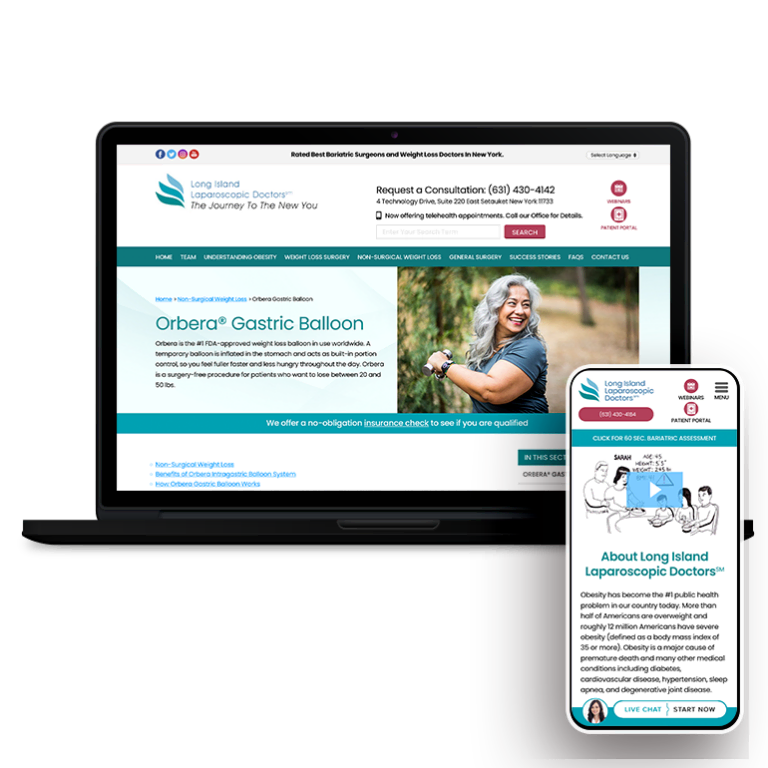
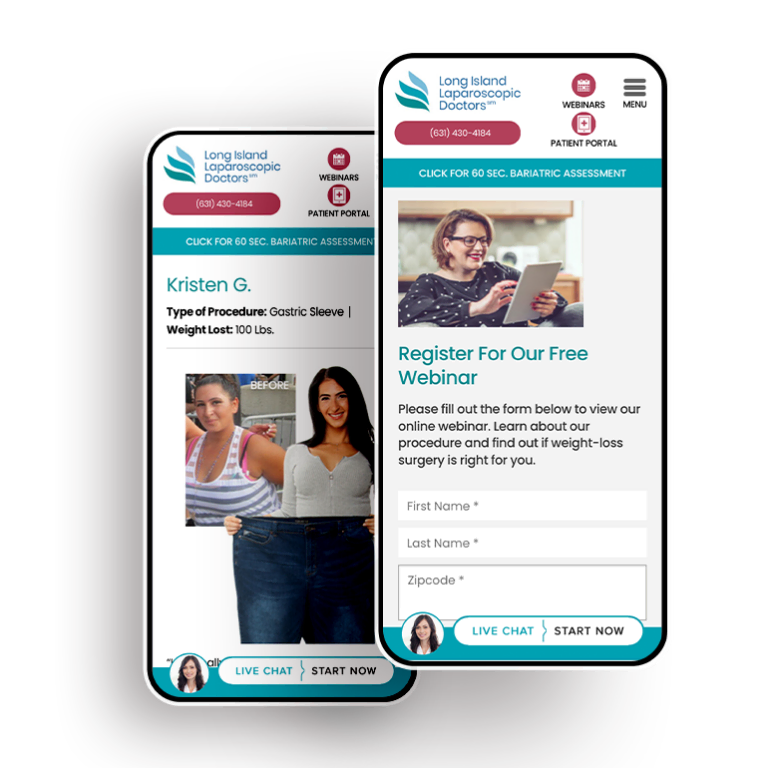
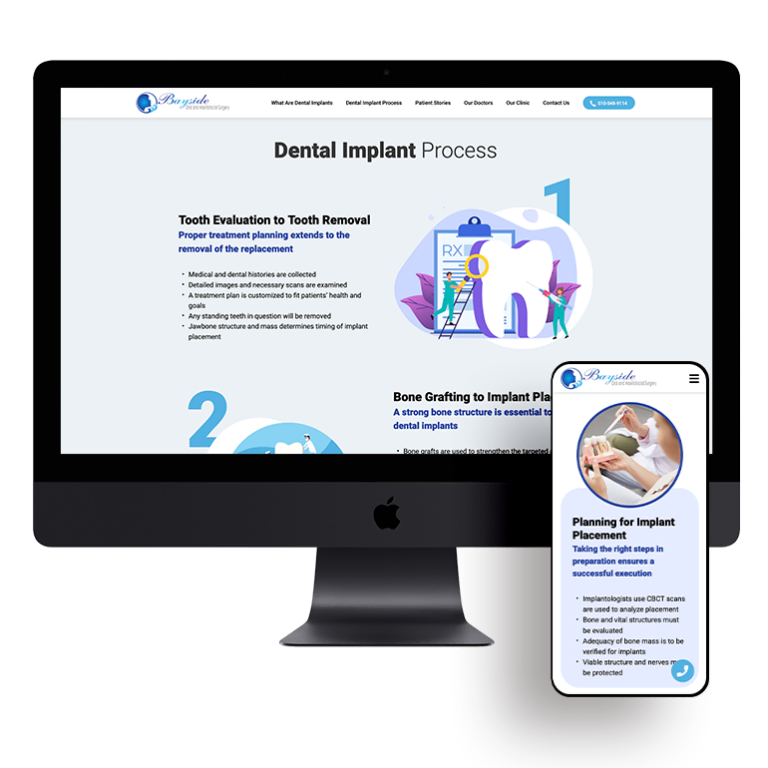
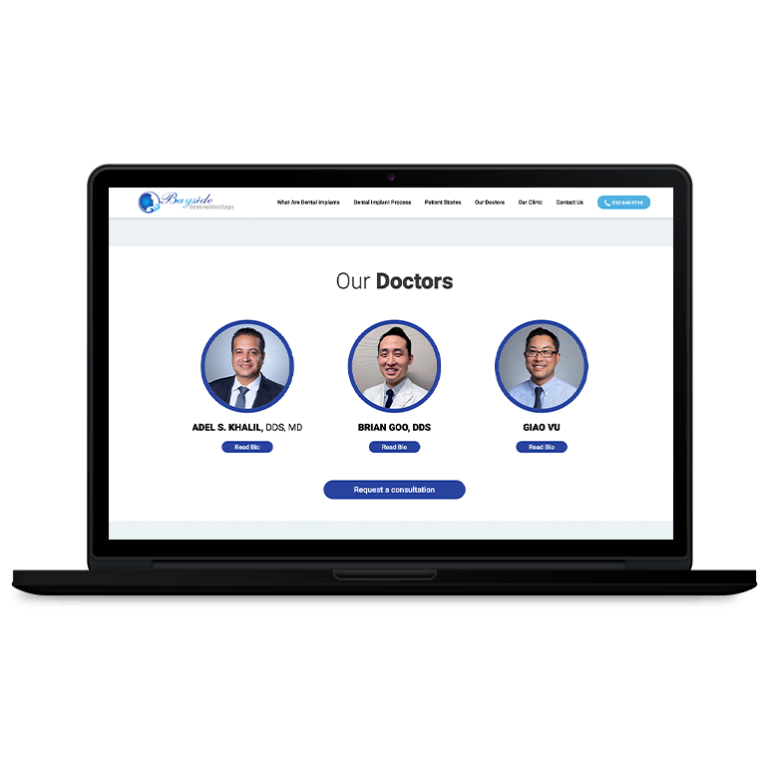
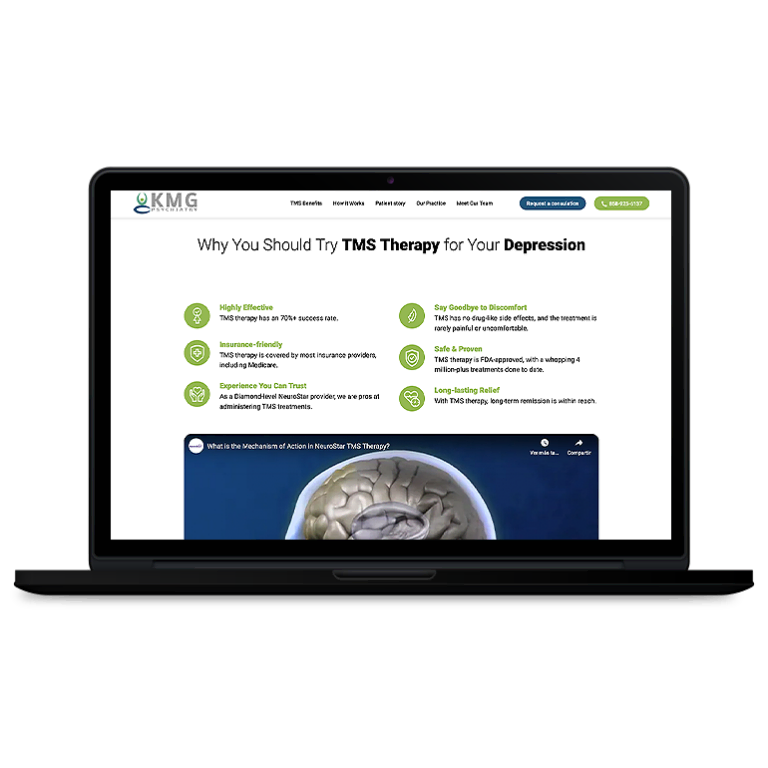
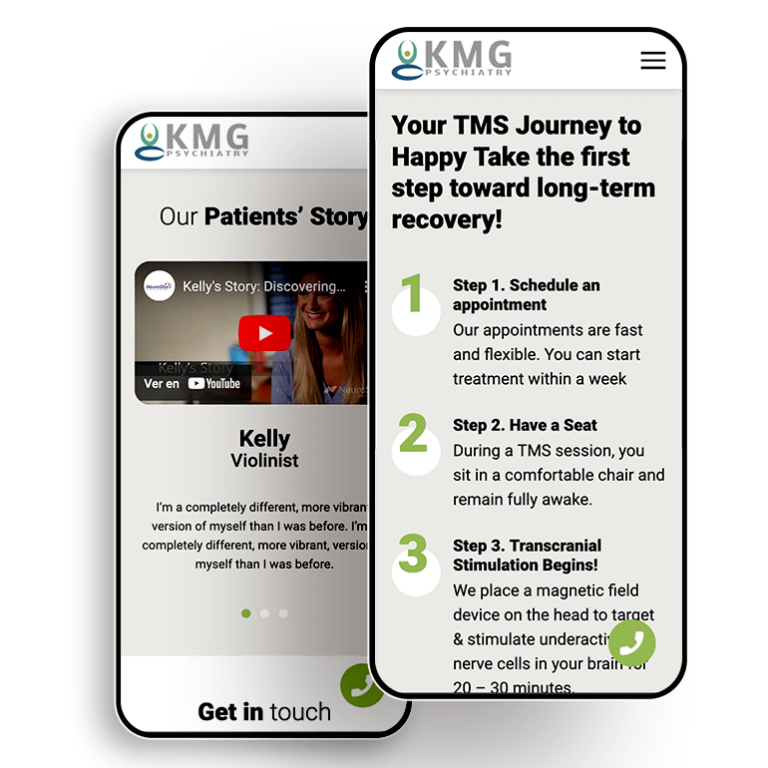
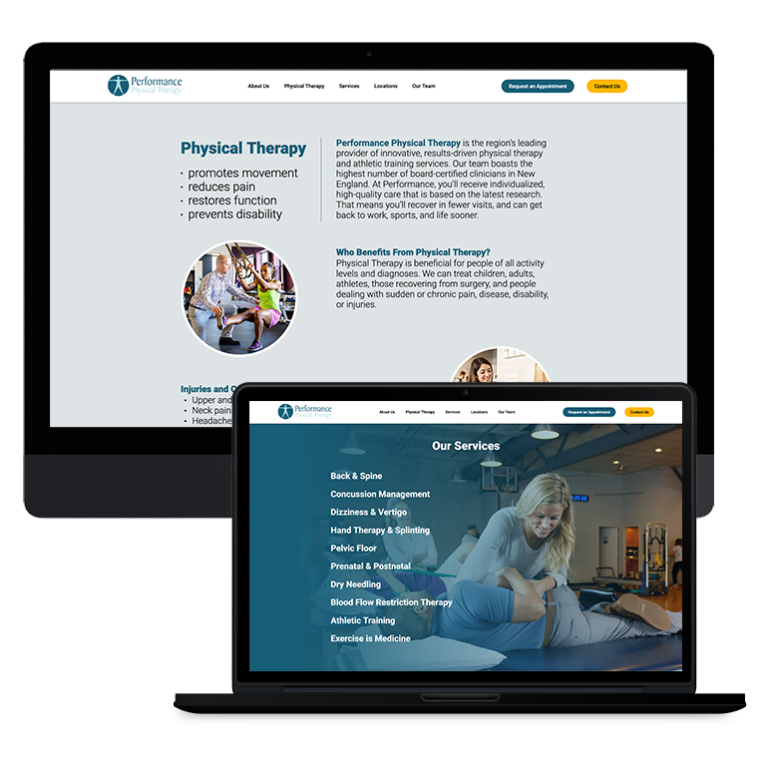
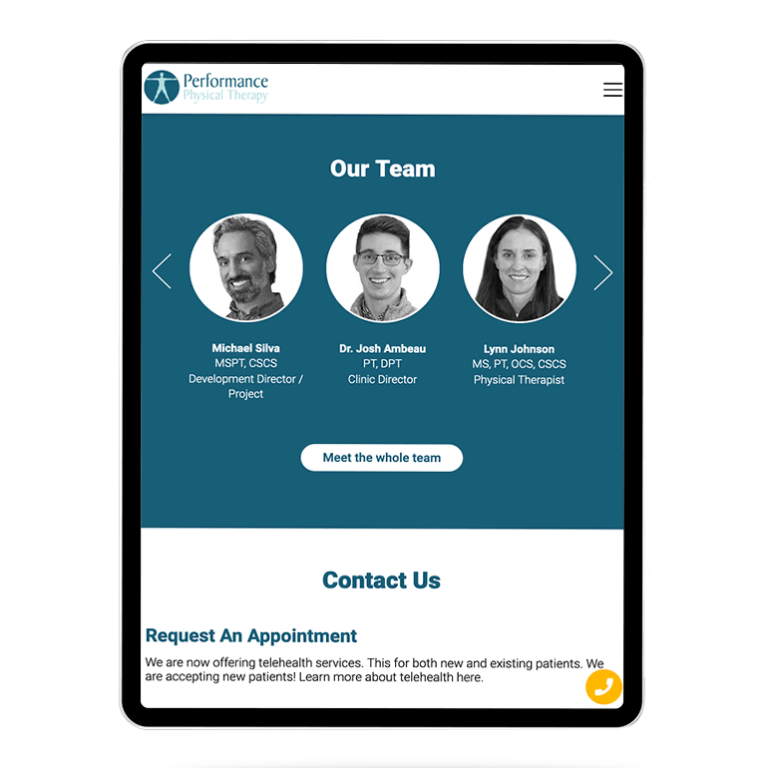
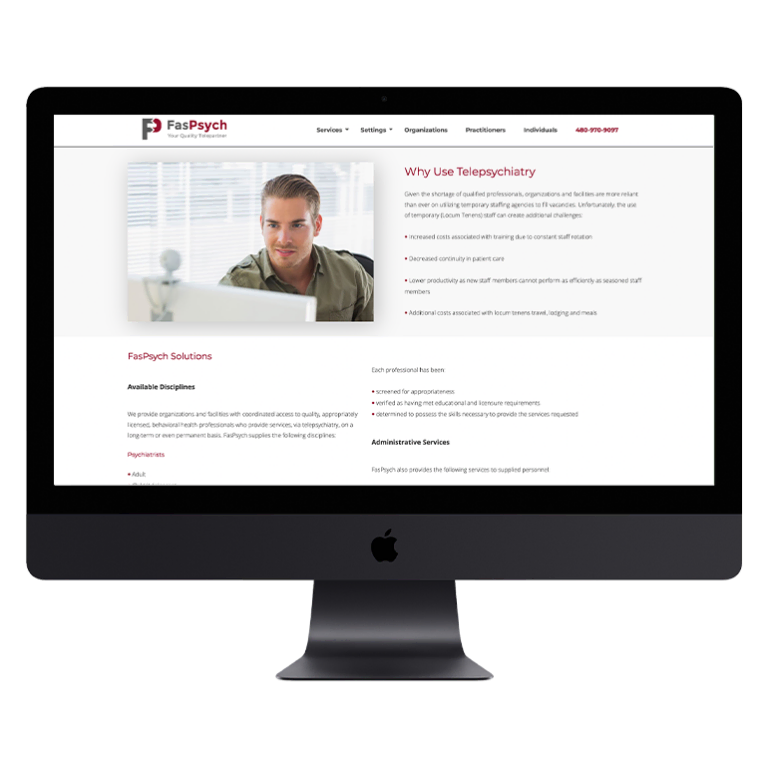
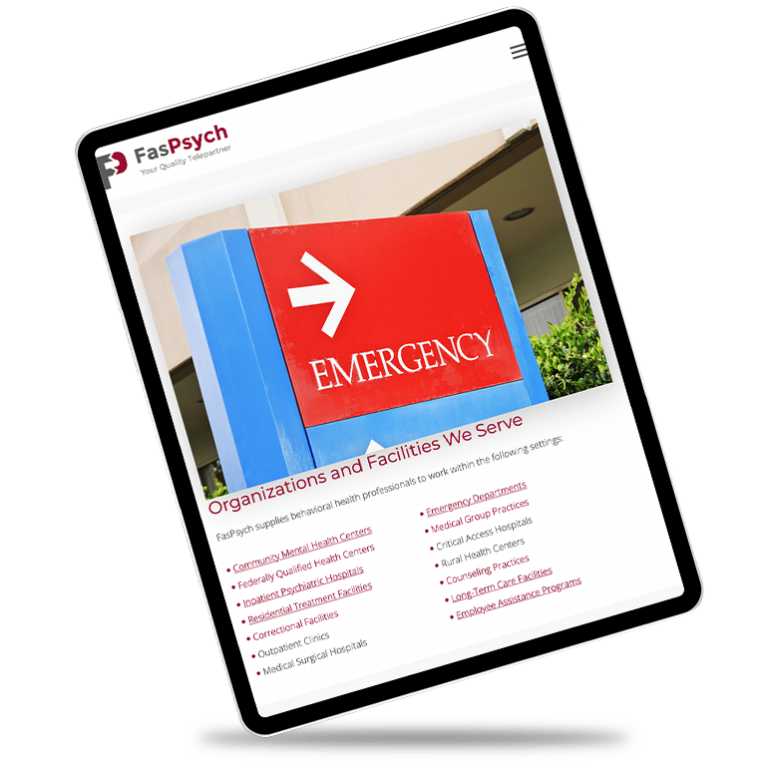
 Smart Design Creates New Patient Opportunities
Smart Design Creates New Patient Opportunities